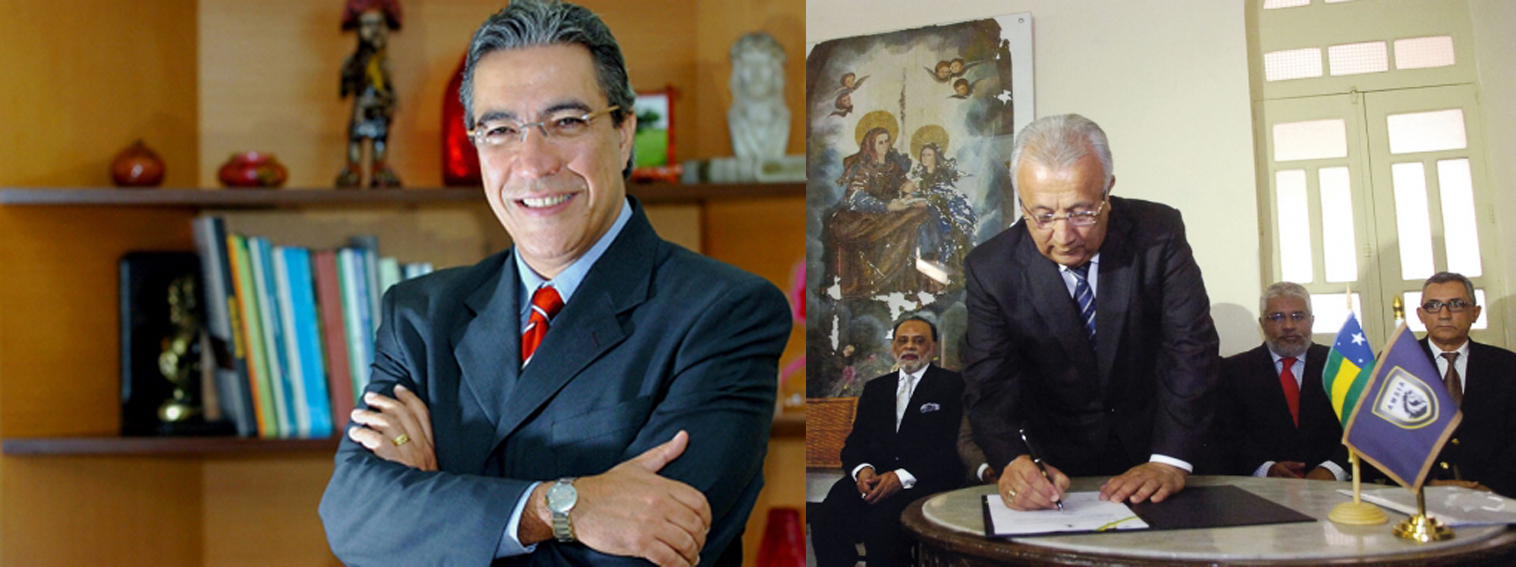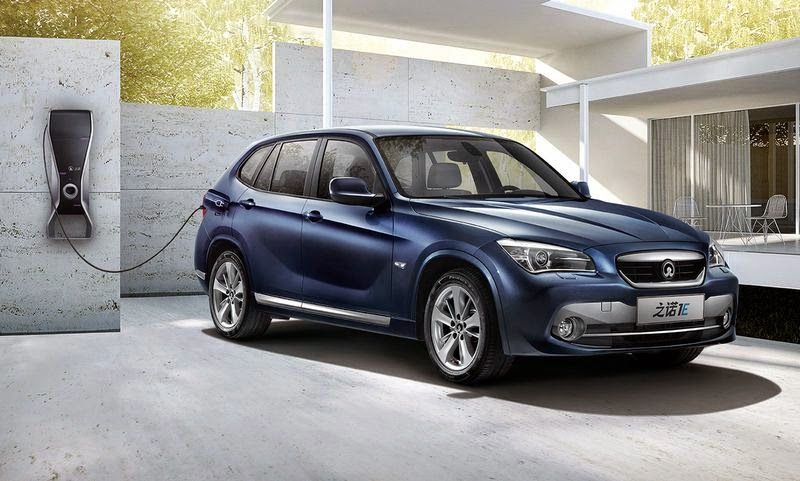
Jackson Barreto signs letter of intent for installation of Amsia Motors Auto plant in Sergipe, Brasil. Without further due, it is time to set the record straight about some of the misinterpretation by various media and requires strict correction about Amsia Motors. In lieu of which the State of Sergipe has been informed promptly. Mustafa Z. Ahmed, Chairman and CEO of Amsia Motors, signed an agreement with the government of Sergipe in Northern Brazil 27th June, Thursday to invest USD $ 500 million in building an auto plant in the state capital Aracaju that is to focus on electric and hybrid car production. The project, which is the first of its kind in the history of this region, is expected to generate abundant revenue into the country, and drive increased foreign investment into both Sergipe and other states. While most of Brazil’s auto industry currently operates in the country’s southeast region, the country’s northeast region is now gaining attraction from investors. The agreement between Amsia Motors and the Northern Brazil government not only marks the launch of a plan to build the first auto plant in the region, which is also set to be the company’s first owned auto plant, but also marks a step towards automotive market growth in a region that no one ever imagined would be attractive to automotive companies.

The company’s Chairman. CEO, Mustafa Z. Ahmed, signed the agreement in the attendance of the exclusive distributor of the Middle East, Prince Faisal, and the company’s International Director of Sales and Market, Moeth Ahmed from Canada, Toronto. ” As per the Chairman, Amsia Motors is an independently operating company who does not have any shareholders – neither is Amsia Motors, an Arab investor group “. The project is projected to create new job opportunities and generate increased revenue inside Brazil. An increase in the volume of export outside Brazil by doubling the current export volume, and bringing foreign investment from China, India, and the Middle East are also expected targets. The goal is to eventually build the strongest state in Brazil with a Brazilian National brand leading to be the number one Automotive in Brazil, South America, Latin America, and Europe. With diligent and aggressive action, Amsia intends to successfully deliver the project, ensuring complete assembly and vehicle production.
A formal agreement to initiate and administer the project has already taken place on the 10th of June in Sergipe. The states full delegate: federal state agencies, legal entities, and financial institutions, welcomed Amsia Motors senior management, Moeth Ahmed, when he arrived to negotiate his company plans. Those who participated in the act included the mayor of the Coconut Bar, Airton Martins, state legislators, José Guimarães and John Daniel, Amsia Motors senior executive Moeth Ahmed based in Canada, the Secretaries of State for Planning, Jeferson Steps; Civil House, Silvio Santos, the interim Finance, José de Oliveira Junior, the Culture, Eloisa Galdino, the deputy secretary of the Communication, Sales Neto, president of the Association of Enterprises with Public Works and Private Sergipe (Asseopp), Luciano Barreto, assistant secretary Celio Martins among other authorities, secretaries of state, municipal secretaries, parliamentarians and representatives of institution. “It is with great pleasure that I announce officially to the people of Sergipe that we signed a letter of intent with Amsia Motors aiming to implement a productive enterprise that has the potential to change the industrial structure of our state,” said the acting governor, Jackson Barreto, after signing the document. The company’s CEO, Mustafa Ahmed, highlighted the professionalism and kindness with which it was treated since the first contacts with the state of Sergipe, and emphasized the company’s goal of becoming and acting as a Brazilian company: “I’m proud to be part of this moment for the growth of Amsia Motors and industrial potential of Sergipe. We had an excellent warm welcome and all the necessary information from the Government of Sergipe teams from the first moment, and this was crucial to decide to invest here. We do not want to be a foreign company installed here; we want to be a Brazilian company and committed to the future of Sergipe and Brazil.” “Our vehicles shall bear the Brazilian flag, said the president, whose statement was translated by the Assistant Secretary of Economic Development, Carlos Augusto Franco. According to company officials, the company will be the first in the History of Sergipe state to manufacture low emission and carbon free vehicles which will be cost effective, reliable and performance based, enhancing the environment by protecting the green ecosystem of Brazil. Company forecasts suggest that models will be in test production within the next three years. Presently, the company’s headquarters and main manufacturing plant is in China. As it builds and operates its plant in the municipality of the Coconut Bar in Brazil on land near the Wind Farm, its operations in China are expected to both remain intact and develop.

Going into production, Amsia will introduce three different product categories into the market to engage and win strong market appeal. It plans to offer substantially competitive vehicle prices compared to those currently offered by vehicle manufacturers in Brazil. To achieve its goals, the International Director, has stated that the company will engage locally but use a global strategic approach. It will penetrate through price, quality and precision. So far, incentives have been ensured by the government and the project continues to receive strong commitment from both State and Federal authorities. The state of Sergipe is also expected to provide lucrative prospects.
The project is expected to ensure economic growth by creating new jobs and attracting foreign investment. Already, there are forecasts of 4,000 jobs being created gradually. Local financial institutions have already approached the company for financing but the company’s management has yet to decide the possibilities. While Brazil’s northeast region is recognized by many for its poor infrastructure, Amisa Motors recognizes it for its uniqueness in being an extraordinary opportunity for market growth in the automotive industry. With their distinct expertise, robust financial background, and winning marketing strategy, Amsia Motors officials are confident that they can diversify the automotive market in Brazil. And with the distinct continued support of the northeast government, the region is expected to attract foreign investments to diverse sectors throughout the country.









